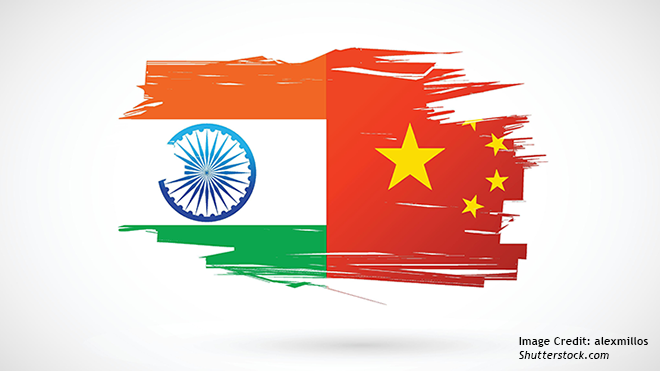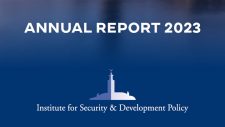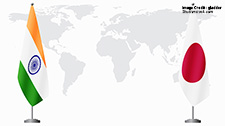The Tawang Effect: Forecasting China-India Relations in 2023

Jagannath P. Panda
Foreseeing a trend in China-India ties is a predictable affair at present: bilateral antagonism is taking a lead over any pretense of engagement and stability. The passing years increasingly suggest that.
On December 9, the Indian and Chinese military forces clashed along the Line of Actual Control (LAC) in the Yangtse area of the Tawang sector in the Indian state of Arunachal Pradesh. This is one of the major incidents that resulted in injuries (but not fatalities) after more than two years of the China-India defining clash at Galwan in the Ladakh region. Last year, too, although there were reports of a minor face-off between Indian and Chinese patrol parties in the eastern sector, it did not result in injuries and the matter was resolved at the local military commanders’ level. Before 2021, another such incident in this sector dates back to 2016.
It is highly likely that the high-altitude joint exercises (“Yudhabhyas,” literally war practice) conducted between U.S. and Indian troops in northern India’s Uttarakhand state days before was a catalyst for the December border incident; China’s Ministry for Foreign Affairs criticized the exercises as a violation of bilateral agreements and not conducive to building trust.
Nonetheless, instances of Indian Army patrols clashing with the People’s Liberation Army (PLA) troops are not out of the ordinary due to the differing perceptions of the LAC between the two countries: there exists no delineation of the border, nor any agreement on the sharing of maps (about 20 years ago, there was an initial exchange of maps on the Middle Sector where the dispute is relatively minor). Moreover, China’s projection of a flexible LAC plays to its expansionist tendencies, enabling it to continually engage in so-called “salami tactics.” How far will the latest fracas impact India-China ties in 2023? Is tension in border areas becoming a “new normal” in China-India ties? Can a temporary political, if not a permanent, solution emerge in 2023?
Read this article by Jagannath Panda at The Diplomat.
Related Publications
-
Not Drawing a Parallel. Ukraine and Taiwan: An Indian Perspective
Russia’s war against Ukraine has not only had economic, diplomatic, and geopolitical repercussions, but also exaggerated the fear of accelerated conflicts in the Indo-Pacific, a region with several unresolved conflicts […]
-
India-Japan-Philippines: A Strategic Maritime Trilateral or More?
Regional states like India, Japan, and the Philippines have been seeking cooperative solutions with other middle powers that can both counter the Chinese influence and fulfill other economic as well […]
-
The Limitations of India and Russia’s Transactional Relationship
Since Russia’s unprovoked invasion of Ukraine in February 2022, it might seem as though ties between India and Russia have strengthened. While much of the West isolated Russia, India-Russia energy […]
-
ISDP Annual Report 2023
ISDP’s Annual Report for the year 2023. We look back on 2023, a year in which tensions and conflicts captured the strategic space in ISDP’s focus areas, making headlines around […]
-
Building the India-Japan Partnership: Strategic Compulsions and Indo-Pacific Imperatives
Over the past two decades, Japan and India have witnessed a transformative shift in bilateral ties that has seeped into their already officially established “Special Strategic and Global Partnership.” However, […]




